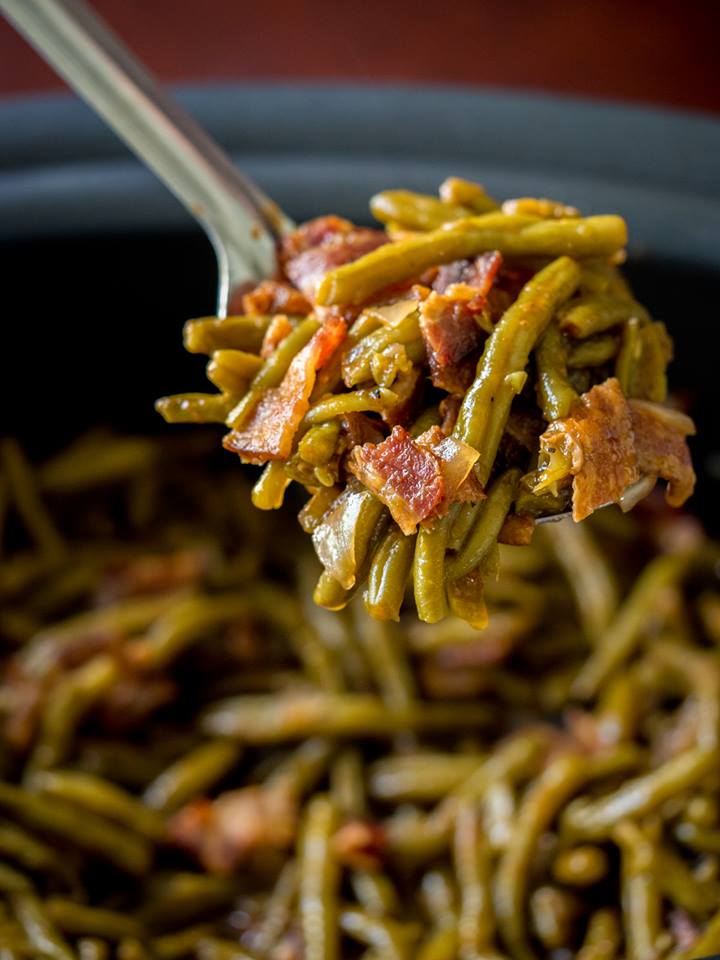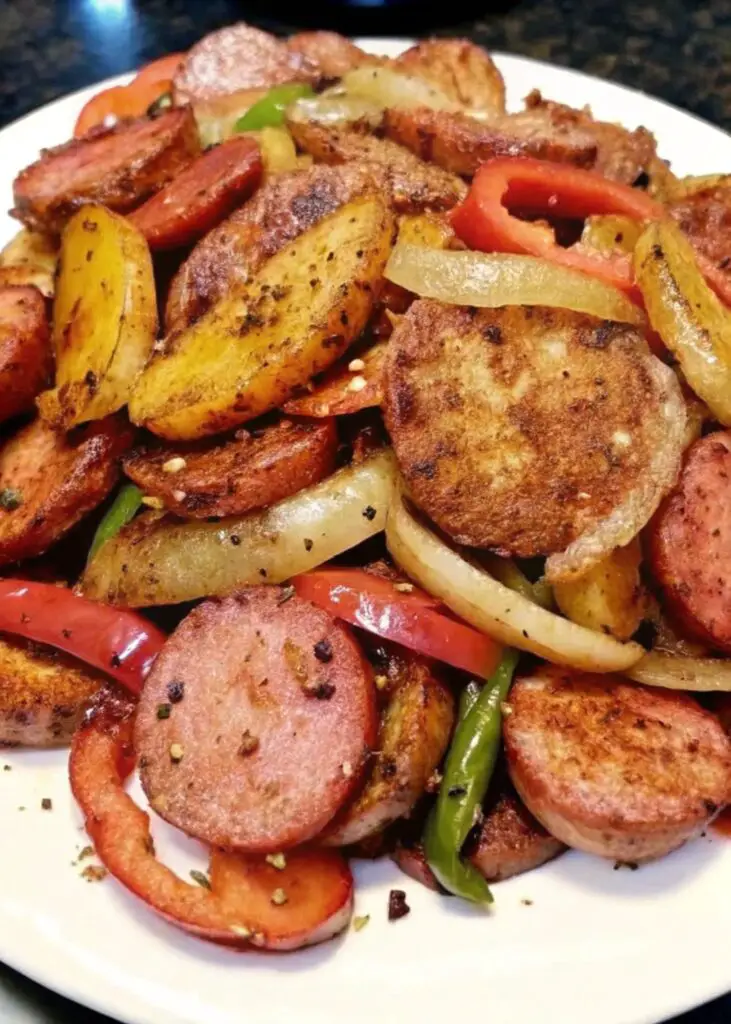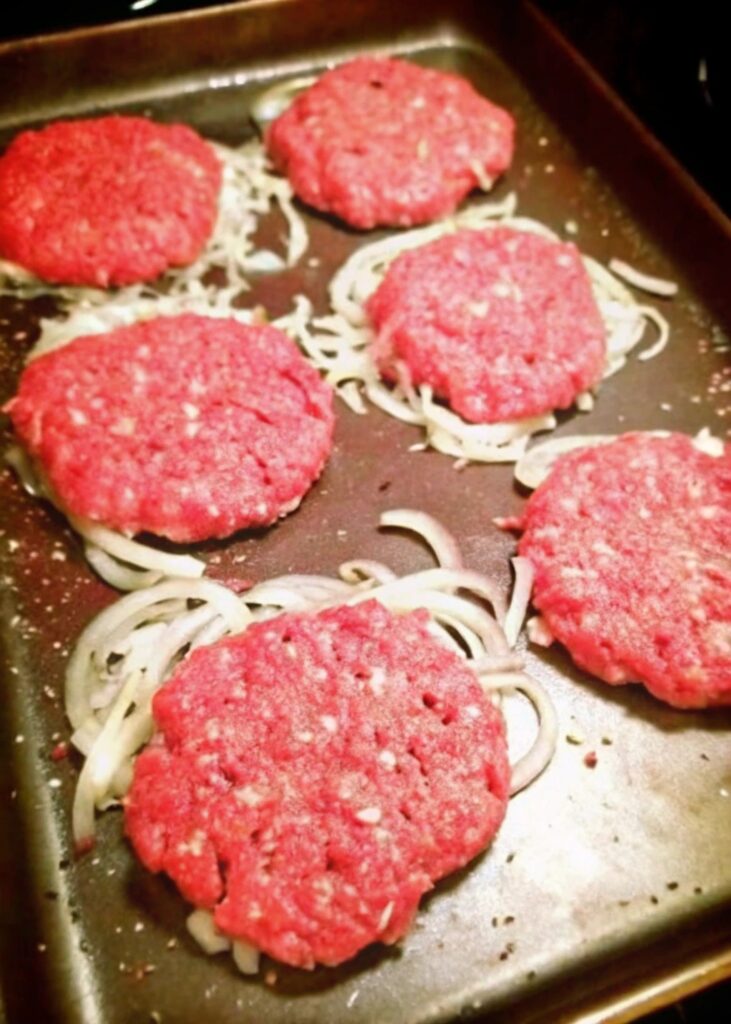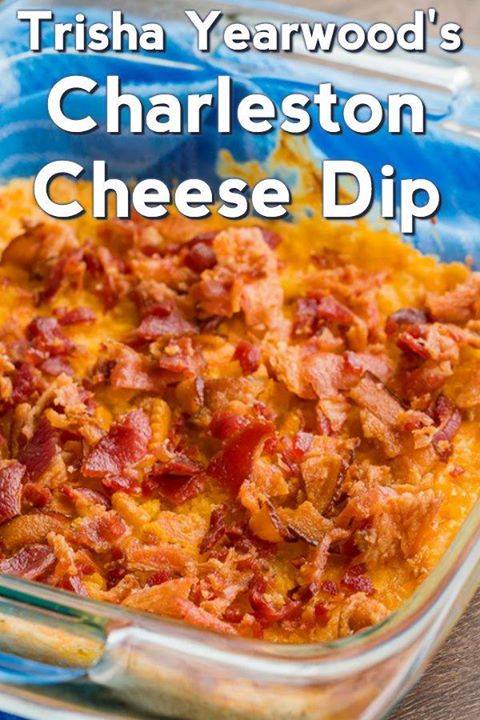How To Make Perfect Bacon in the Oven

I was a skeptic of oven-baked bacon at first. Give up cooking the long strips in my beloved cast iron skillet? Really? There’s just something that feels so nostalgic and right about cooking bacon that way — tenderly flipping and monitoring the progress of every slice, although yes, while nursing the occasional oil-spatter burn. For a few quick slices, I still think a skillet is the way to go; but when cooking a pound or more of bacon for a big Saturday brunch or for a week of easy meal add-ins, I am a total oven-baked-bacon convert.
I find that a pound of medium-thick bacon fits on a single baking sheet. To cook even more (or if your bacon doesn’t all fit on one sheet), you can cook two baking sheets at once.
Why You’ll Love This Recipe
Baking bacon in the oven is a game-changer for several reasons. First, it’s incredibly hands-off, freeing you from flipping strips on the stovetop. You’ll also get evenly cooked bacon every time without the mess of grease splatters. Plus, it’s perfect for serving a crowd or prepping for a week of meals.
Kitchen Equipment You’ll Need
- Aluminum foil
- Baking sheet(s)
- Tongs
- Paper towels
- Platter
Ingredients
- 1 to 2 pounds bacon
Step-by-Step Instructions
- Preheat the oven to 400°F: Turn on the oven and preheat to 400°F. Place a rack in the lower third of the oven. If you’re cooking multiple sheets of bacon, position a second rack in the top third of the oven.
- Arrange the bacon on a baking sheet: Line a baking sheet with foil (this makes cleanup easier). Lay the bacon on the baking sheet in a single layer. The bacon can be close together, but don’t let it overlap, or the bacon will stick during cooking. If necessary, use a second baking sheet.
- Bake the bacon: Place the baking sheet of bacon in the oven and bake until the bacon is deep golden-brown and crispy, 15 to 20 minutes. Exact baking time will depend on the thickness of the bacon and how crispy you like it. Begin checking around 12 minutes to monitor how quickly the bacon is cooking. The bacon fat will sputter and bubble as the bacon cooks, but shouldn’t splatter the way it does on the stovetop. Pour off the bacon grease as needed so the bacon isn’t totally submerged in grease.
- Transfer the bacon to a plate lined with paper towels: Remove the bacon from the oven and use tongs to transfer it to a plate lined with paper towels to drain and finish crisping. Serve immediately. You can also refrigerate leftover bacon for a week or freeze it for up to 3 months; warm the bacon in the microwave before serving.
- Clean up: If you want to save the bacon grease, let it cool slightly, then pour it into a container and refrigerate. If you don’t want to save the grease, let it solidify on the baking sheet, then crumple the foil around it and discard.
Tips for Success
- For extra crispy bacon, consider flipping the strips halfway through the cooking process.
- Keep an eye on the bacon during the last few minutes of baking to prevent overcooking.
Additional Tips and Variations
Try sprinkling brown sugar or a dash of cayenne pepper on the bacon before baking for a sweet or spicy twist.
Nutritional Highlights (Per Serving)
While exact values depend on the bacon used, a typical serving contains protein and fats essential for energy, along with a small amount of sodium.
Frequently Asked Questions (FAQ)
Can I use thick-cut bacon? Yes, but you may need to extend the cooking time by a few minutes.
Is there a way to make the bacon less greasy? Regularly pouring off excess grease during baking can help reduce greasiness.
Conclusion
There you have it — the perfect oven-baked bacon that’s crispy, delicious, and easy to make. Whether you’re serving it up for a family brunch or saving it for weekday meals, this method is sure to become a staple in your cooking repertoire. Give it a try and let us know how it turns out in the comments below!









